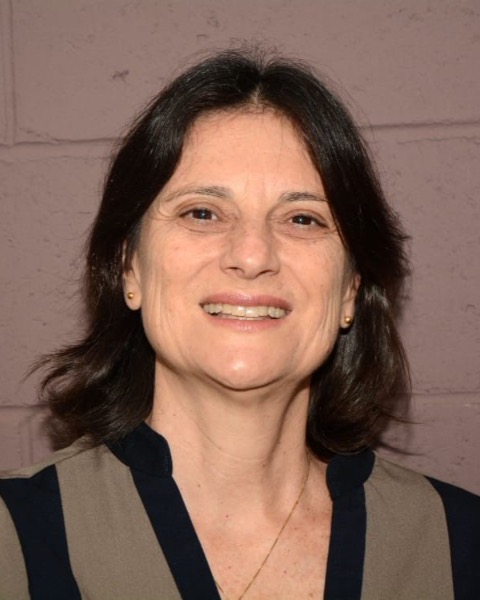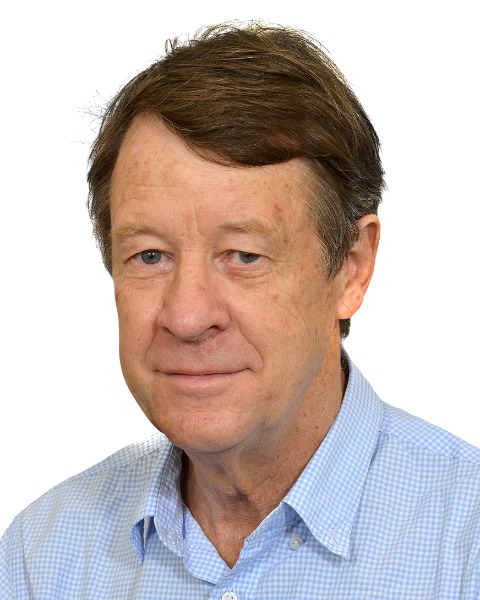Neuro-Audiology (NA)
(PP1007) Tests Listening in Spatialized Noise Sentences: LISN-S in Brazilian Portuguese

Maria Francisca Colella-Santos, PHD
Associate Professor
Unicamp, Brazil.jpg)
Leticia R. Borges Ifanger, PhD
Professor
Pontifical Catholic University of Campinas
Campinas, Sao Paulo, Brazil
Harvey Dillon, PHD
Professor
Macquarie University
Sydney, New South Wales, Australia- BM
Bruno S. Masiero
Assistant Professor
University of Campinas, Brazil
Campinas, Sao Paulo, Brazil
Lead Presenter(s)
Presenter(s)
Contributor(s)
The main purpose of this study was to develop the LISN-S test (software and database in Portuguese), including normality criteria for the age group of 6 to 11 years. In addition, the results obtained in normal children will be analyzed and compared with those who had a history of otitis media in childhood. Research is ongoing and software and speech material are ready for application in the selected sample. It is hoped that the results obtained in this research may provide support for understanding the functioning of the central auditory nervous system structures involved in binaural interaction tasks.
Summary:
Rationale: Spatial processing involves the ability to understand speech in a noisy environment which is directly related to the listener's ability to use binaural clues to differentiate sound source location from noise location. The spatial processing can be assessed by the Listening in Spatialized Noise Sentences -LISN-S test, a binaural interaction test, applied by computer software using headphones, which produces a three-dimensional virtual auditory environment to evaluate spatial processing in individuals with complaints related to Central Auditory Processing Disorder. The main purpose of this study was to develop the LISN-S test (software and database in Portuguese), including normality criteria for the age group of 6 to 11 years. In addition, the results obtained in normal children will be analyzed and compared with those who had a history of otitis media in childhood.
Design: The research will be developed in four steps: 1) Develop a software to assess spatial processing and speech material for the Portuguese database to be inserted into the software; 2) Determine the relative intelligibility of sentences to make adjustments to the recordings and obtain intelligibility equivalence between them; 3) Determine normality criteria for a age group of 6 to 11 years, and 4) Compare the results between children with and without a history of otitis media.
Results: The research was approved by the Institution's Ethical Commitee, under No. 3,462,572. A software written in MATLAB was developed to allow the application of the equalization procedure. A graphical interface was produced with MATLAB App Designer and it allowed the examiner to start the equalization procedure and, for each sentence, to input the number of correct words repeated by the subject. The software used this information to adjust the sound pressure level of the coming sentence. In addition to the graphical interface, the software is also responsible for
interfacing with the audio interface through the PLAYREC library. 188 phrases created by the researchers were
recorded by a vocal actress in an anechoic chamber using an AKG C3000 microphone connected via an RME
MADIface Pro audio interface to a laptop equipped with Audacity audio editing software. Two children's stories were
selected and recorded by three vocal actresses using the same recording procedures. All audio files were edited to
remove periods of silence and normalized in level. Children are being selected from a public school to develop steps 2 and 3.
Conclusion: Research is ongoing and software and speech material are ready for application in the selected
sample. It is hoped that the results obtained in this research may provide support for understanding the functioning of the central auditory nervous system structures involved in binaural interaction tasks, from the cochlear nucleus to the auditory cortex in Brazilian children. In addition, we hope to disclose the importance of studying spatial processing,
especially in children with complaints related to hearing difficulties in noisy environments, to contribute for the
diagnosis and help audiologists to plan a more fully and efficiently rehabilitation.
Learning Objectives:
- Upon completion, participants will be able analyze the LISN-S test (software and database in Portuguese).
